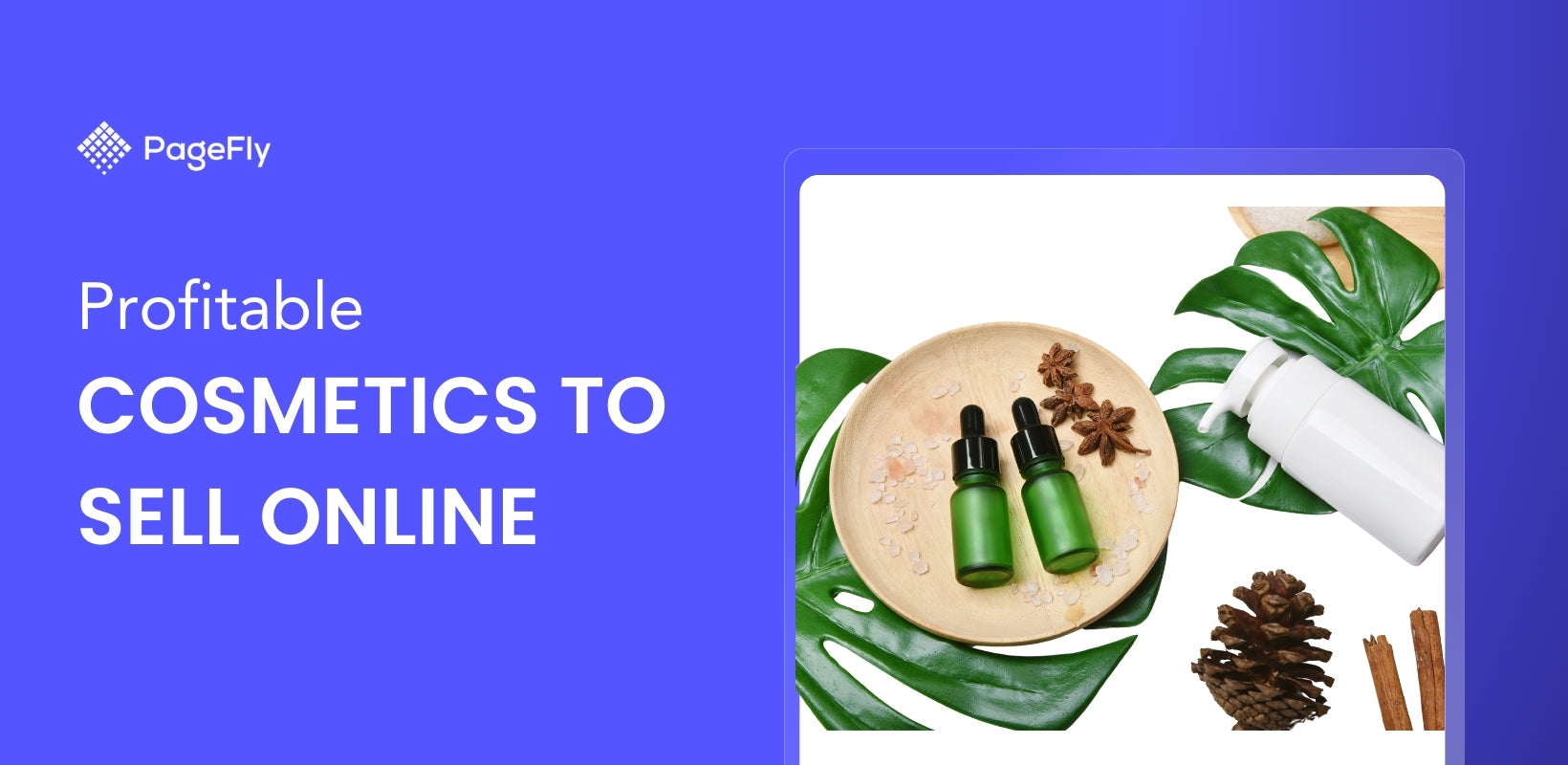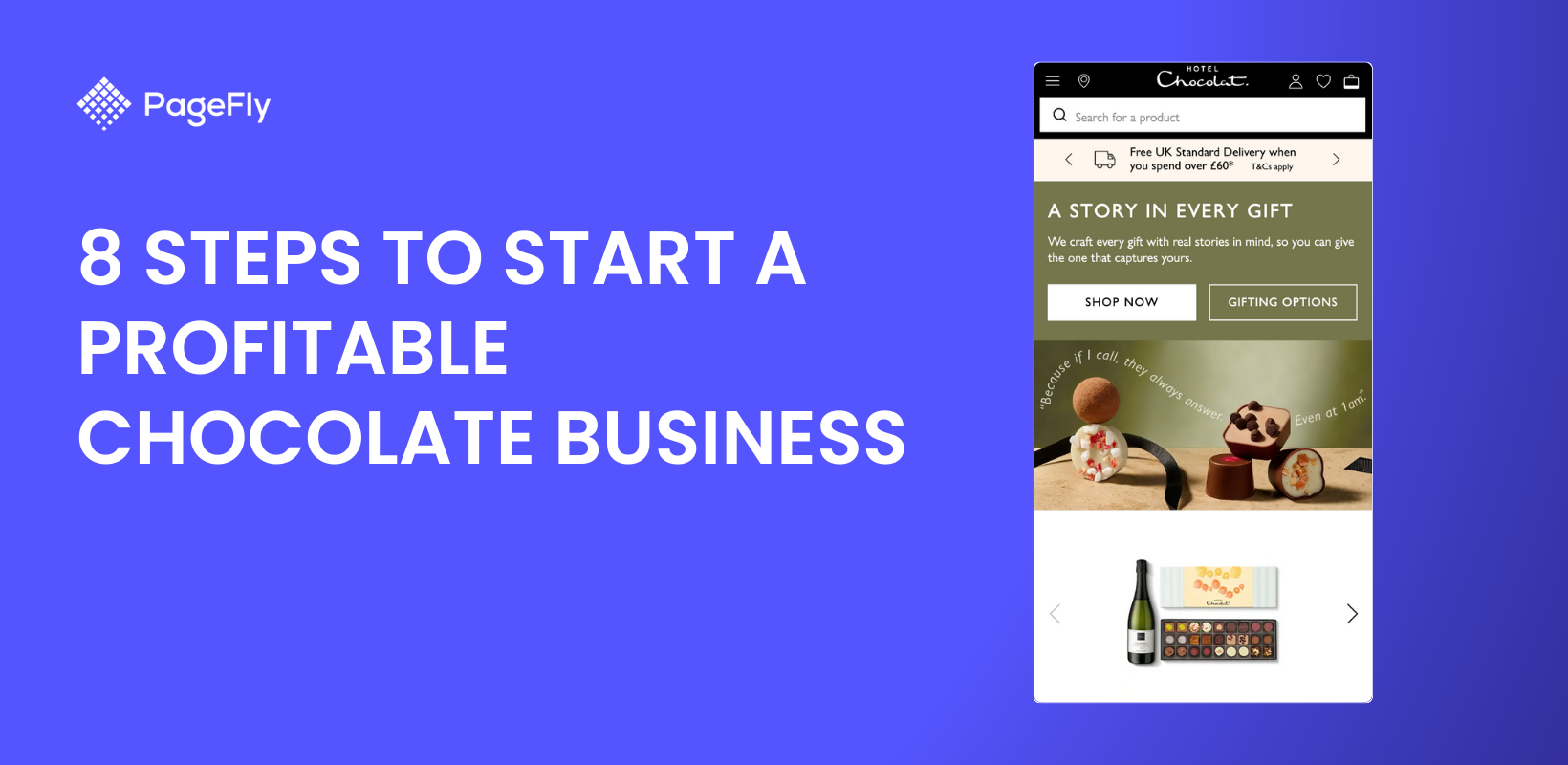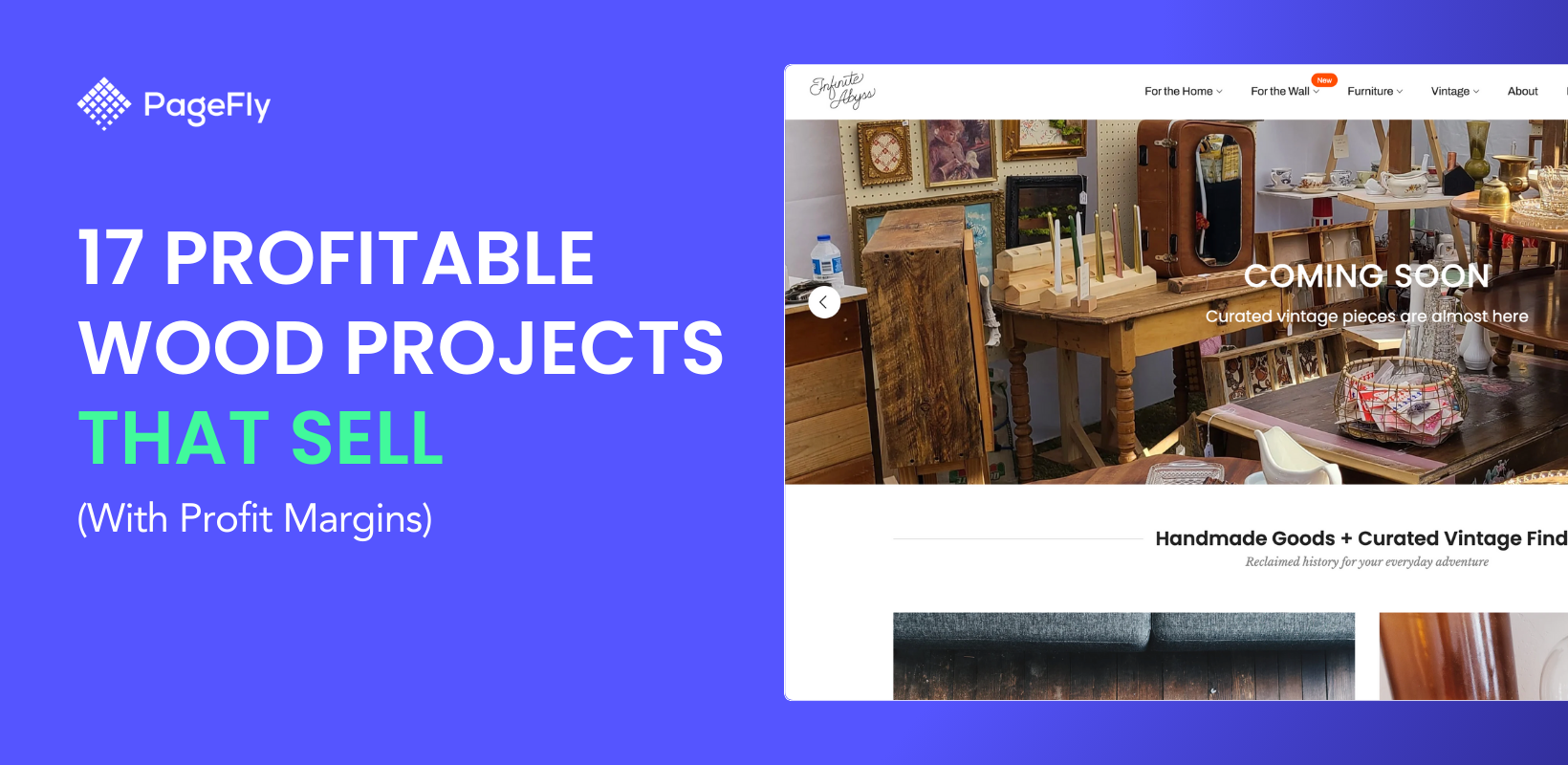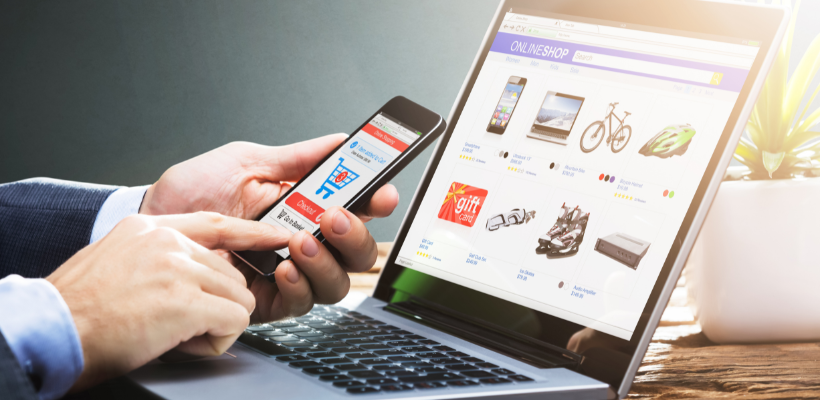The luxury fashion industry currently battles inflation, shifting consumer patterns, supply chain issues, and a more competitive market.
These challenges make it sound like now is the worst time to launch a luxury brand. But the truth is, despite the current slowdown, the luxury brands sector is expected to outperform general fashion in the coming years.
This means that right now is a good time to launch your luxury brand and put yourself in a position to benefit from the expected strong growth.
If that’s your plan too but you do not know how to start a luxury clothing brand, you have found the right article.
Keep reading to learn what you need to know to give your own clothing line the best chance of success.
Research and planning

Source: Burst
The first step in your journey of building a luxury brand is market research and planning. This stage requires you to understand the market you are about to enter, your competitors, budget, and go-to-market strategy.
Identify your target audience
Building a luxury brand already requires you to go after a specific customer segment–affluent customers.
Affluent customers are the ones who become repeat buyers of your product. They validate the status and value you impose on your brand.
The State of Fashion report 2023 by McKinsey explains why affluent customers, as a customer segment, are critical to the success of luxury brands.
“Looking forward, we anticipate that the luxury sector will outperform the rest of the industry, as wealthy shoppers continue to travel and spend, and thus remain more insulated from the effects of hyperinflation.”
But it’s not enough to just target “rich customers”. It is better and more profitable to go into details when it comes to identifying who you want to sell to.
Understanding the nuance of your buyer is crucial to crafting an effective product and marketing strategy. An example of this in play is the choice fashion brands have to make between quiet and loud luxury.
Certain segments of your “rich clientele” might prefer a more laid-back approach to design, free of visible brand logos (quiet fashion). Other segments might see luxury items as a way to broadcast their status so they prefer outfits that are “loud”, like Gucci and its iconic Double G logo.

Source: Forbes
Understanding these types of nuances is why you should be very clear on the target audience.
Research the competition
Like any other business, you also need a knowledge of your market’s competitive landscape.
The fashion industry is an ultra-competitive one. New brands are not given time to settle down before facing stiff competition, it’s a dogfight from day one.
Backi Ball is a U.K. based fashion designer; here’s what she had to say when discussing why she works with Shein despite the fashion giant’s sustainability issues:
“Deep down, everyone wants to be sustainable and look after the planet. That’s my goal in the future: to have a brand that will adopt sustainable factors. But at the same time, when the industry is tough enough already, it feels like you can’t let this opportunity go.”
If you want to compete in this tough industry and run your business the way you envision, start by:
- Understanding what your brand stands for. This makes it easier for you to identify like-minded brands that you compete with for customers and on values.
- Create a spreadsheet to record competitors you find. Use social media platforms like Instagram and marketplaces like Ebay to discover new competitors.
- Differentiate between direct and indirect competitors. Direct competitors sell the same thing you do to the same audience you target. Indirect competitors, however, target the same audience as you but for different products. You might not sell the same product but you compete for attention and money.

Create a business plan
There are mixed feelings on the importance of creating a business plan when launching new luxury brands. Some say it’s a waste of time, others swear by its importance.
But what is undisputed is that you need to have some semblance of a plan before you open your fashion brand to customers. Your plan will help you clarify your business goals, identify possible challenges, and even attract investors if that’s part of your plan.
If you were to come up with a business plan for your business, here are the questions you MUST answer.
- What need are you addressing? Go beyond explaining your products to showing an understanding of the forces behind your ideal customers purchasing behaviors.
- What is your differentiating factor? As mentioned earlier, the luxury fashion industry is very competitive. To thrive, you need to work out an advantage that sets you apart from competitors.
- Who is your audience? Again, it is important to be clear on the target market. These are people who are most likely to need your services.
- How do you plan to make money? Unless you plan to run your business as a charity, you need to make money to stay afloat. Understand how much you need to spend to get customers and how much you expect to make from these customers.
- How will you promote your business? Marketing is an important part of any business. Document how you plan to get your brand in front of potential customers.

Source: Pexels
Establish a budget
How much do you need to get your clothing brand up and running? The answer is it depends.
There are tons of costs to consider when building a luxury clothing brand. And your final budget will depend on which expense you decide to take on.
Some potential expenses include:
| Day-to-day | Product | Marketing |
| Internet | Production cost | Website |
| Computer | Designs | Photography |
| Electricity | Technical drawing | Branding |
| Accountant | Printing | Advertising |
| Transport | Packaging | Models |
| Education/consulting | Warehousing | Makeup |
This list isn’t an exhaustive one. But don’t shy away from building your business because of its potential costs. Whether you spend $50,000 or $1,000, the most important thing is to be intentional about what you spend your money on.
Branding and design
Branding and design is important for standing out in the luxury clothing industry. Proper branding should give your products an air of exclusivity.
Choose a brand name and logo
When you see a luxury brand’s name and logo, say that of Chanel, do you feel like they properly represent the personality of the brand?
You probably do and that’s why choosing the right name and logo for your brand is key when launching.
Of course, a brand is more than the company name or logo. But when done right, those two should capture the essence of what your brand stands for.
Here are a few tips to remember when choosing a name for your business.
- Less is more. Minimalism represents class in the luxury clothing industry.
- Be unique and memorable. Your brand name and logo should be easy to remember.
- Keep it simple too. While chasing uniqueness, it is important to not make your name and logo too complicated that your audience doesn't remember it.

Source: Clicked Studios
Develop a unique design aesthetic
If you sell to the current generation of customers, then you must take your brand aesthetics seriously. Gen Z uses aesthetics as a self-descriptor and expect that brands also adopt a specific way of defining themselves.
Design aesthetics simply refer to the set of elements you use to tell your brand’s story, from the font to the color palette and specific design features.
If you can’t afford a brand designer, here are some things you can do to build a design aesthetic yourself.
- Figure out your brand identity. Are you playful or strictly professional? What are your brand’s values?
- Choose a fitting color palette and font for your brand. Different colors and fonts represent specific emotions.
- Look at other brands for inspiration. If you have trouble coming up with something original, look at brands you admire and get inspiration from their aesthetic.
Select high-quality materials
When customers splurge hundreds or thousands of dollars on a clothing piece, they expect that piece to be of high quality.
There is no faster way to lose your customers’ trust than selling low quality products at a premium price.
Some materials are naturally on a higher scale in terms of quality than others. For example, silk, cotton, leather, cashmere, and wool are all regarded as luxury fabrics. When these materials are put to work with excellent craftsmanship, the result is often a fabric that looks as good as it feels.
When sourcing fabric materials, you have two options: natural or synthetic.
Natural fabrics like silk are usually more expensive to source. That is why ethical clothing brands have costlier prices to ensure that the animals that provide the materials are treated properly.
Synthetic materials are less expensive because they are more readily available.


Source: Pexels
Create a brand website and social media accounts
The internet plays a huge role in how online customers find your brand and purchase from you.
As a fashion brand, it is important to constantly ask: “How can we get customers to find and trust our brand online?”
The first step is to build a website for your brand. Unless you have thousands of dollars to spend on building a fully functional website, Shopify’s eCommerce platform is a very good option for you.
Used by millions of brands around the world including Victoria Beckham, MVMT, and Sephora, Shopify allows you to quickly create fully responsive and customizable online stores for your brand.

Source: Burst
Manufacturing and Production
Luxury clothing manufacturers offer the same services as mainstream clothing manufacturers. But there is one distinct difference: Quality.
For this reason, when you choose to work with manufacturers for your clothing production, ensure that you work with specialists.
Choose a manufacturing process
There are usually two types of clothing production package available to luxury clothing brands:
- Full Package Production (FPP)
- Cut, Make, Trim (CMT)
In Full Package Production, you work with experienced manufacturers who handle everything from the initial designs to the final products. It is ideal for startups as it gives new entrepreneurs access to manufacturers with insights and insider knowledge.

Source: Pexels
CMT, on the other hand, requires manufacturers to work from your designs and specifications. If you want to go down this route, you’ll have to provide accurate technical information, design patterns, and fabrics so the manufacturer can get started.
Regardless of the manufacturing process you choose, you’d most likely have to involve sustainable practices in your manufacturing process if you want to build a long-term brand.
McKinsey conducted a survey during the pandemic and discovered that 67% of its respondents consider the use of sustainable clothing materials like organic cotton, linen, hemp as an important purchasing factor. 63% even say they prefer brands that are open about promoting sustainability.
So it is important that you create clothes that protects the environment and those who produce them.
Find reliable manufacturers and suppliers
Once you’re decided on how you want to produce your clothes, it’s time to find a manufacturer.
Ask your network to direct you to a reputable clothing manufacturer or use marketplaces like Sewport or AliExpress.
Working with important manufacturers and suppliers is not only important for creating outfits that meet you and your customers expectations. Skilled manufactures, and experienced ones too, will also help you pore over your designs and give advice on the best ways to sell your inventory.
Establish quality control measures
Quality is the watchword in luxury fashion. If buyers suspect that your clothes’ quality isn’t up to the required standard, they’ll ditch your brand for a competitor.
This is why a strict quality control process is important during manufacturing. Quality control should ideally happen at three stages of the production process.
- At the beginning, before production begins. As soon as your materials arrive at the factory, they should be checked for quality, faults, size, color, and any other important characteristics.
- During the production process, you should also ensure that the products don’t have any faults as they go through the production process.
- At the end of the production, the products should be checked to ensure that they look as expected.
- Also, after purchase, establish an easy to follow exchange policy for your customers to return low quality clothes. The truth is, in spite of the numerous QA checks during production, there’s a real chance that a few bad clothes will get shipped to customers.

Source: Pexels
Manage inventory and product timelines
Kearney, a global management consulting firm, conducted an assessment of luxury brands inventory and found out that many players have inventory performance that is 10 to 20 percent worse than last year. And the inability to move their products spell trouble for these other luxury brands.
The firm gave a few tips on Shopify inventory management so you don’t fall into that situation:
- Follow the 80/20 rule: 80% of your inventory focus should be on planning for the future i.e. learning how to predict trends and consumers behavior. The other 20% should be focused on solving your current inventory issues.
- Shed seasonality: Rather than going heavy on seasonal products, carry smaller batches of products that can be delivered frequently to minimize waste.
- Try donating products to social impact causes to boost brand perception.

Source: Burst
Marketing and sales
After production, what you need to figure out is how to get your products in front of customers.
Develop a marketing strategy
A marketing strategy is an action plan designed to help you promote and sell your clothing line. The specifics of marketing a luxury brand is different from general marketing.
With luxury marketing, you need to factor the following characteristics into your marketing strategy.
- Create an experience. Beyond just showing or telling, your marketing should help the customer feel your product. Luxury brand marketing thrives on immersive experiences.
- Be exclusive. Successful brand marketing campaigns usually involve elements of scarcity and exclusivity. Use tools such as waitlists, limited products, new editions to drive up interest in your brand and attract new customers.
- Use a lot of visuals. Visual identity is a key part of luxury marketing. Think of the most popular luxury brand you know and you’ll see that they take visuals seriously, from their logo to their social media handles.
Build brand awareness through advertising and PR
The goal of luxury marketing is not to convince the masses to buy a product. Instead, it is to convert a narrow, specific set of audience with the discretionary income needed to purchase a luxury item.
With this in mind, one of the most important tools for luxury advertisement and PR is influencers.
Influencer marketing is targeted. You can choose to collaborate with influencers that have the attention of people that fall within your income bracket. That is why successful luxury brands like Cartier and Holland Cooper use this tool to reach more people.
Conclusion
Starting a luxury business requires you to refine your value proposition and hone in on a luxury market.
Work through the following stages before you launch:
- Planning
- Branding
- Manufacturing
- Marketing
But once you have a solid action plan for each stage and focus on delivering high quality products, you’ll have done enough to increase your chances of success with your business.
Frequently Asked Questions (FAQs)
Q: How much money do I need to start a luxury clothing brand?
A: The amount of money you need to start a luxury clothing brand varies depending on your product, marketing strategy, and other factors. However, it's important to have a solid financial plan in place before launching your brand.
Q: Do I need a background in fashion to start a luxury clothing brand?
A: While a background in fashion can be helpful, it's not necessary to start a luxury clothing brand. However, it's important to have a strong understanding of the fashion industry and trends.
Q: How do I find manufacturers to produce my designs?
A: There are a number of resources available for finding manufacturers, including trade shows, online directories, and industry associations.
Q: What should you avoid when building a luxury clothing brand?
A: Some of the things you need to avoid when building your luxury clothing brand include:
- Failing to create a business or launch plan
- Rushing your branding
- Not vetting your manufacturers
- Starting too big




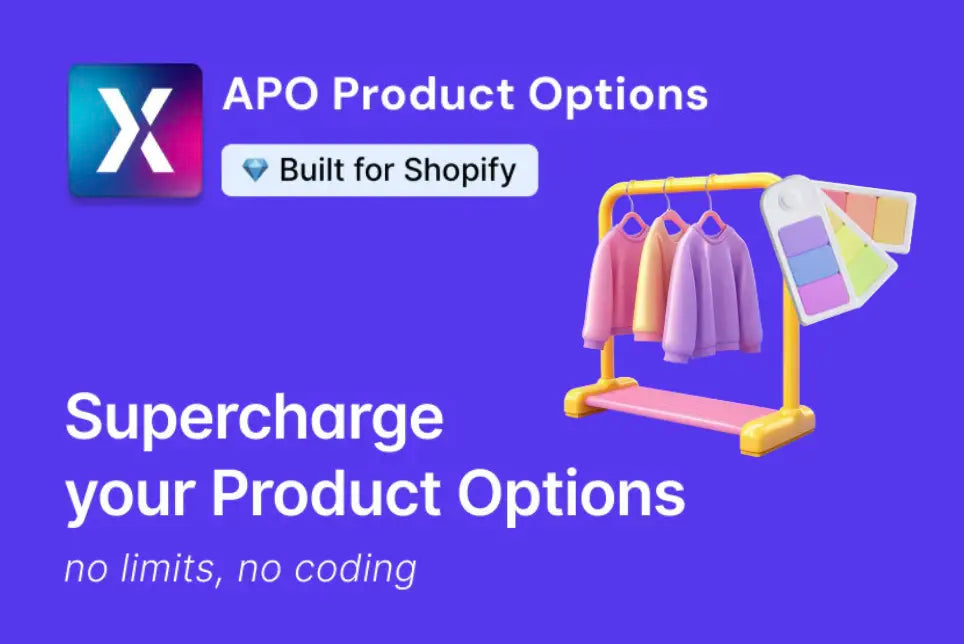
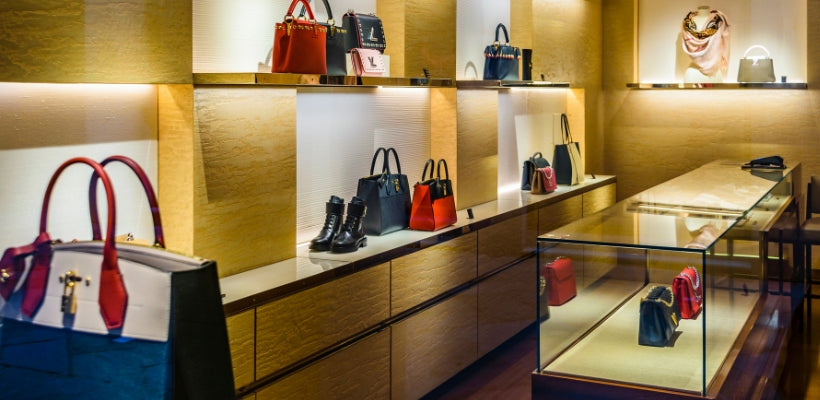

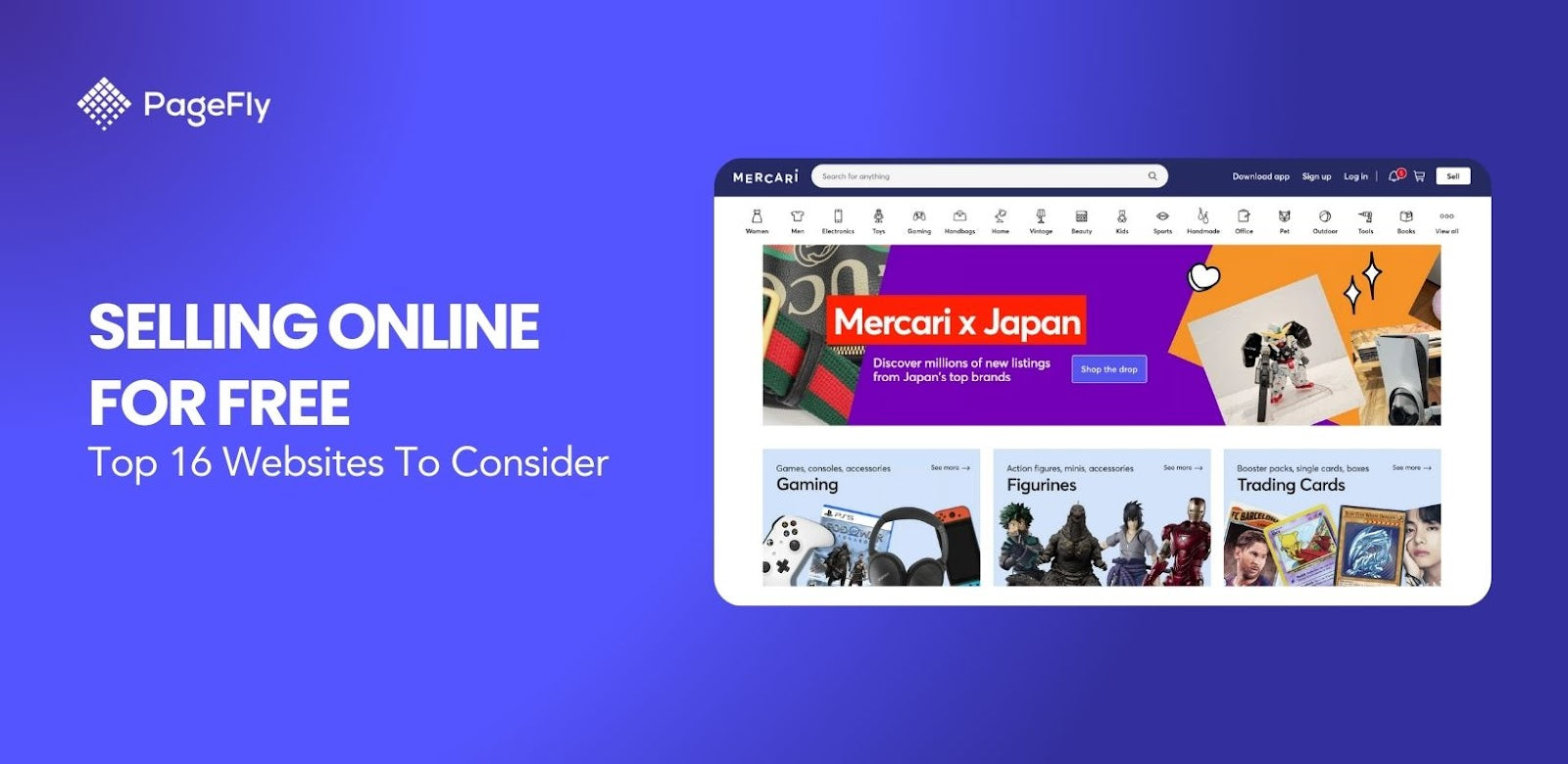

![14 Profitable Small Food Business Ideas for 2025 [Real Numbers]](http://pagefly.io/cdn/shop/articles/1_58b587d2-13db-4aa6-8c19-e40f5c88d3eb.jpg?v=1758255771&width=4460)
![Art Business Names: 350+ Ideas + Free Generator [2025 Updated]](http://pagefly.io/cdn/shop/articles/art_business_name_e94a54e9-d325-4ba3-94ab-7b4297952312.png?v=1760062968&width=1640)
